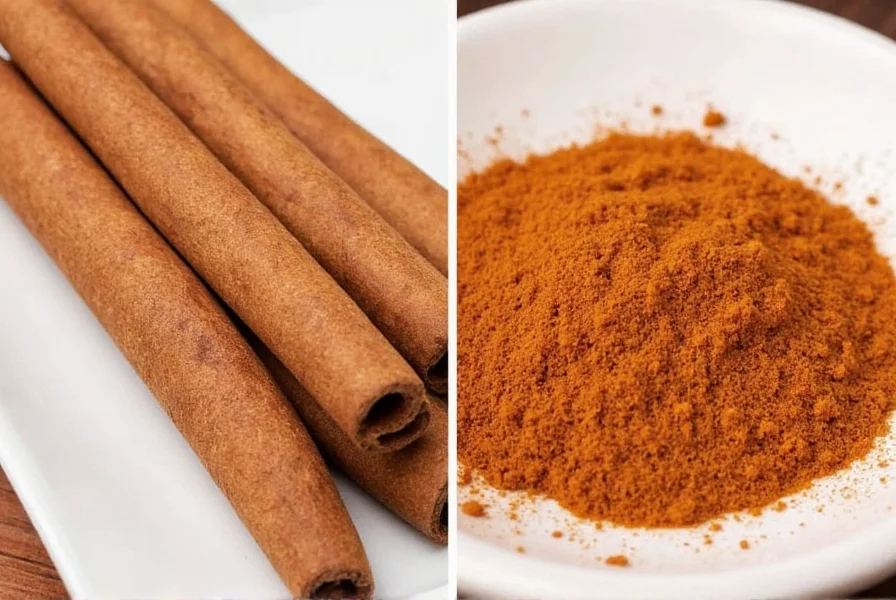 \n
\nIntroduction
\nMany people don't realize that what's commonly sold as "cinnamon" in grocery stores is often cassia, which contains high levels of coumarin that can cause liver damage with regular consumption. True cinnamon (Ceylon) is significantly safer for daily use. This article explains the critical differences between these spices, including health risks, identification methods, and optimal culinary applications based on authoritative health guidelines.
\n\nWhat is Cinnamon?
\nTrue cinnamon, scientifically known as Cinnamomum verum or "Ceylon cinnamon," originates from Sri Lanka and southern India. It's derived from the inner bark of specific trees and has been used for centuries in traditional medicine.
\n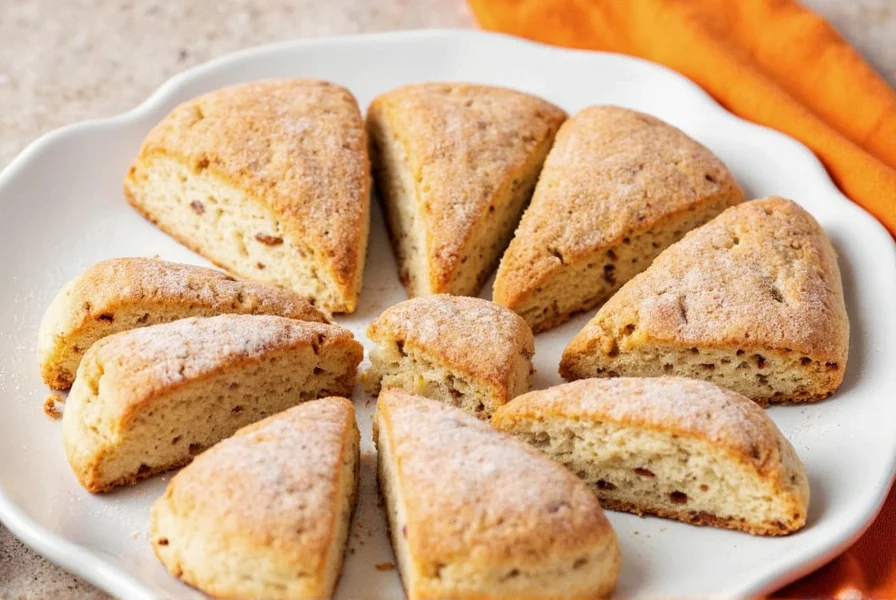 \n\n
\n\nWhat is Cassia?
\nCassia (Cinnamomum cassia) is the most common "cinnamon" sold in US supermarkets. It comes from trees grown in China, Indonesia, and Vietnam. Unlike Ceylon cinnamon, cassia bark is thicker, harder, and contains significantly higher levels of coumarin—a compound linked to liver toxicity in large doses.
\n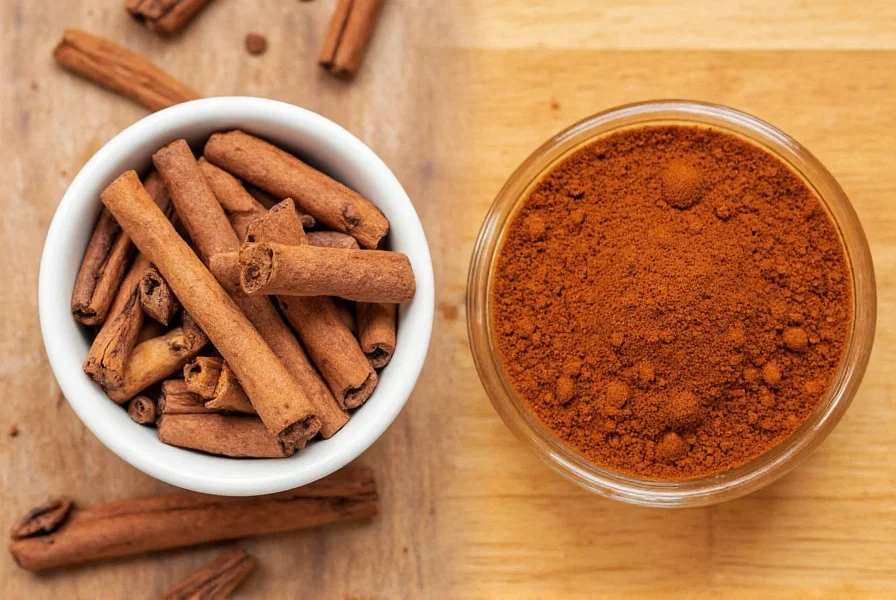 \n\n
\n\nCinnamon vs Cassia: Side-by-Side Comparison
\n| Feature | \nCeylon Cinnamon | \nCassia | \n
|---|---|---|
| Scientific Name | \nCinnamomum verum | \nCinnamomum cassia | \n
| Origin | \nSri Lanka, Southern India | \nChina, Indonesia, Vietnam | \n
| Appearance | \nThin, papery layers (like rolled cigars) | \nThick, hard single tube | \n
| Taste | \nMild, sweet, citrusy | \nBold, spicy, slightly bitter | \n
| Coumarin Content | \n0.02-0.07% (very low) | \n0.4-1.2% (up to 60x higher) | \n
| Price | \nHigher cost | \nMore affordable | \n
| Best For | \nDaily consumption, delicate dishes | \nOccasional use in bold recipes | \n
Health Benefits: Critical Safety Information
\nWhile both spices offer health benefits, coumarin content makes safety considerations essential. The FDA and European Food Safety Authority (EFSA) have established strict guidelines:
\n\nKey Safety Facts
\n- \n
- Coumarin Limits: EFSA sets a tolerable daily intake of 0.1 mg per kg body weight. For a 150lb adult, this equals approximately 6.8 mg daily. \n
- Cassia Risk: One teaspoon of cassia contains 5-12 mg coumarin—exceeding daily limits with regular use. \n
- Ceylon Safety: Contains negligible coumarin (0.02-0.07%), making it safe for daily consumption. \n
Ceylon Cinnamon Benefits
\n- \n
- Safe for regular use in cooking and supplements \n
- May support blood sugar regulation (per NIH studies) \n
- Rich in antioxidants with anti-inflammatory properties \n
Cassia Considerations
\n- \n
- Higher antimicrobial properties but limited to occasional use \n
- Not recommended for individuals with liver conditions \n
- Avoid daily consumption exceeding 1 teaspoon \n
Disclaimer: This information is for educational purposes only. Consult a healthcare professional before using cinnamon for health conditions.
\n\nCulinary Uses: When to Use Which?
\nChoosing the right spice depends on flavor intensity and safety considerations:
\n\nUse Ceylon Cinnamon For
\n- \n
- Daily beverages (chai, coffee, hot chocolate) \n
- Delicate desserts (custards, rice pudding, fruit compotes) \n
- Health-focused recipes requiring regular consumption \n
Use Cassia For
\n- \n
- Occasional baking (spice cakes, cinnamon rolls) \n
- Hearty savory dishes (stews, braised meats) \n
- Recipes where strong flavor is needed without daily use \n
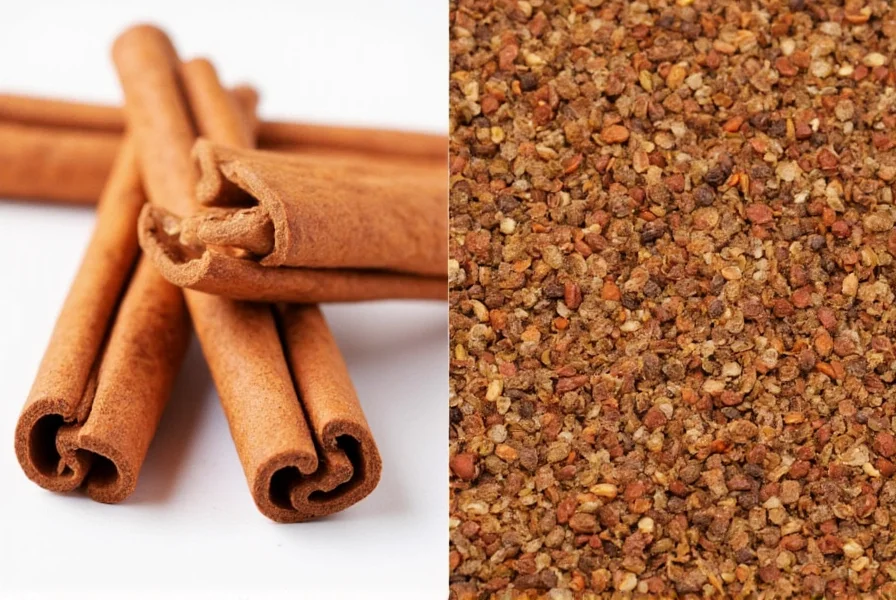 \n\n
\n\nHow to Identify and Choose Safely
\nNever rely solely on "cinnamon" labels. Follow these identification tips:
\n\nFor Ceylon Cinnamon
\n- \n
- Look for "Ceylon cinnamon" or "Cinnamomum verum" on packaging \n
- Sticks: Thin, multiple layers that crumble easily \n
- Ground: Light tan color, delicate floral aroma \n
For Cassia
\n- \n
- Typically labeled simply as "cinnamon" (no specific origin) \n
- Sticks: Thick, rigid single tube that doesn't crumble \n
- Ground: Dark reddish-brown, strong spicy scent \n
Storage Tips
\n- \n
- Whole sticks: Store airtight away from light (2-3 year shelf life) \n
- Ground forms: Keep in cool, dry place (6-12 month shelf life) \n
- Buy small quantities for maximum freshness \n
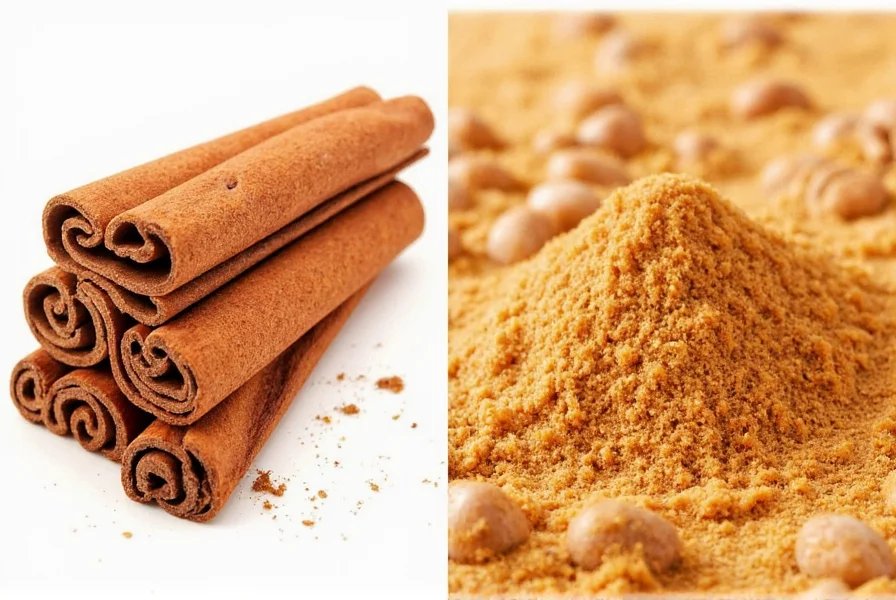 \n\n
\n\nConclusion
\nTrue cinnamon (Ceylon) is the only safe choice for regular daily consumption due to negligible coumarin. Cassia should be reserved for occasional use in bold recipes. Always check labels for scientific names and visual characteristics—never assume "cinnamon" means Ceylon. Prioritize health safety over cost savings when choosing spices for your kitchen.
\n\nFrequently Asked Questions
\nHow can I tell if my cinnamon is Ceylon or Cassia?
\nCheck for "Ceylon" or "Cinnamomum verum" on the label. Visually, Ceylon sticks are thin, papery layers that crumble easily, while Cassia sticks are thick, rigid tubes. Ground Ceylon is light tan with a delicate floral scent, whereas Cassia is dark reddish-brown with a strong spicy aroma.
\nIs Cassia unsafe to eat because of coumarin?
\nCassia contains 60x more coumarin than Ceylon. The European Food Safety Authority (EFSA) recommends a maximum daily intake of 0.1 mg per kg body weight (about 6.8 mg for a 150lb adult). One teaspoon of cassia contains 5-12 mg coumarin, so limit consumption to occasional use. Those with liver conditions should avoid cassia entirely.
\nCan I substitute Ceylon cinnamon for Cassia in recipes?
\nYes, but adjust quantities. Use 1.5x more Ceylon for Cassia's intensity in bold dishes like stews. For delicate applications like custards or lattes, use equal amounts. Never substitute Cassia for Ceylon in recipes requiring daily consumption—this poses health risks.
\nWhy is Ceylon cinnamon more expensive than Cassia?
\nCeylon requires labor-intensive harvesting of delicate inner bark from slower-growing trees in Sri Lanka, while Cassia comes from faster-growing trees in large-scale Asian plantations. The higher production costs and limited supply make Ceylon more expensive, but the safety benefits justify the price for regular use.
\nHow long do cinnamon and cassia retain their flavor?
\nWhole sticks maintain potency for 2-3 years when stored airtight away from light. Ground forms lose flavor faster—6-12 months max. For optimal freshness, buy whole sticks and grind as needed. Discard if aroma fades significantly or color darkens substantially.
\n
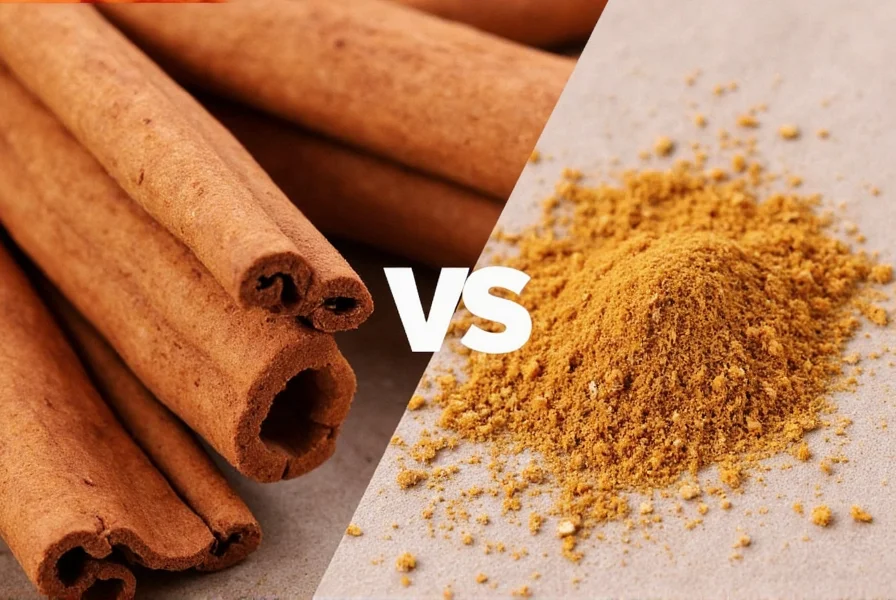









 浙公网安备
33010002000092号
浙公网安备
33010002000092号 浙B2-20120091-4
浙B2-20120091-4